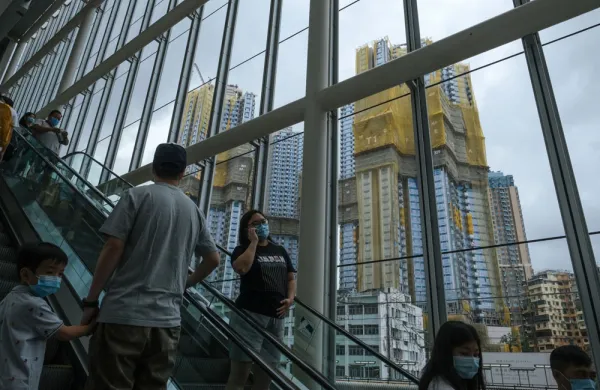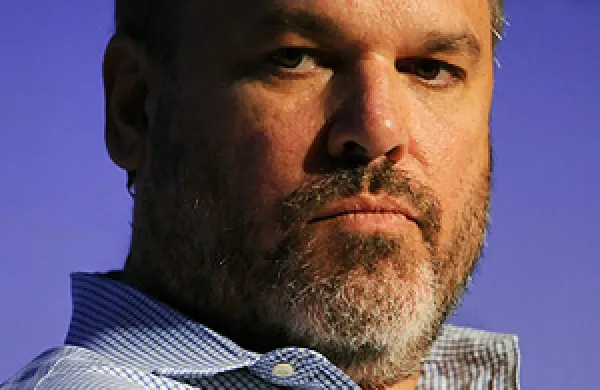Milwaukee's Capital Court mall had become an urban eyesore. The 1950s-vintage enclosed shopping center had once drawn mostly affluent customers from a 30-mile radius, but anchor tenants like Target and Sears had fled as the immediate neighborhood deteriorated and gangs roamed the mall's parking lots. By the end of the 1990s, Capital Court was only 20 percent occupied.
K. Robert Turner, co-managing partner of the $272 million Beverly Hills, Californiabased Canyon-Johnson Urban Fund, saw opportunity in the void. "My God, what a gem," he thought in July 2001 as he studied an aerial photograph of the site. "I saw 56 acres surrounded by nothing but rooftops."
To Turner those rooftops represented 250,000 residents within a three-mile radius, a population density five times Milwaukee's average.
In September 2001, Canyon-Johnson and local developer Boulder Venture closed on a deal to buy the center for $50 million in cash and debt. Canyon-Johnson is a joint venture between two Beverly Hillsbased companies, Canyon Capital Realty Advisors, a money manager with $2.5 billion in assets, and Johnson Development Corp., which invests in entertainment, restaurant and retail centers. The latter is led by former basketball great Earvin (Magic) Johnson Jr.
The partners renamed the Milwaukee mall Midtown Center. Today about half of its 606,000 square feet of retail space has been redeveloped, and with anchor tenants Wal-Mart and Pick 'n Save, a supermarket chain, that portion is nearly 90 percent occupied.
Over the past few years, more and more institutional investors have been waking up to the opportunities in inner-city commercial real estate. Suburban markets have become saturated and future growth restricted by local authorities. Inadequate access to shopping and services has forced many inner-city residents to spend much of their disposable income outside their neighborhoods. As a result, developers say, attractive shopping centers and retail outlets in inner-city communities can draw consumers back to their home turf.
"As retailers and developers have become more comfortable, institutional dollars have been following the opportunities," says Johnson Development president Kenneth Lombard.
Adds Douglas Lawrence, vice president of marketing services at J.P. Morgan Real Estate Investment Group in New York, "Potential returns for operators are extremely attractive."
Returns vary widely but can reach the midteens, says Terry Sander, founder and CEO of Westwood Consulting Group in Portland, Oregon, versus the 9 percent or 10 percent average for suburban locations.
According to the Center for Emerging Domestic Markets at the Milken Institute Capital Studies Group in Santa Monica, California, ten large pension funds (eight of which are public plans) have $3 billion in current commitments to inner-city real estate development. About $2 billion of that has already been invested.
The nation's largest pension fund, the $144 billion California Public Employees' Retirement System, has allocated 20 percent, or $1.4 billion, of its $7 billion real estate portfolio for inner-city projects; back in 1998 it earmarked no funds at all for such projects.
Of course, some deals flop. One high-profile debacle: Trizec Properties' $540 million Hollywood and Highland project in the historic but blighted heart of Hollywood, California. The eight-acre retail and entertainment complex opened in November 2001, not long after the terrorist attacks of 9/11 sparked a steep decline in travel. "By the time we could deliver a tangible piece of Hollywood, tourism had slowed to a trickle," says Kenneth Gillett, the Trizec vice president who oversees the project. The Chicago-based real estate investment trust has since slashed the development's assessed value to less than $200 million.





